How a self-sustainable plant nursery works - Stages. // Como funciona un vivero autosustentable - Etapas.
Curiosamente el funcionamiento de un vivero que es autosustentable al 80% no es tan sencillo como parece, ya que consta de ciertas etapas, todas con la misma importancia. En esta oportunidad en una actividad de la universidad vimos como son las etapas y como funciona un vivero, como se prepara el compost, humus de lombriz, como se da la reproducción de las plantas, todo acerca del funcionamiento del vivero como tal.
A simple vista simplemente parece que aquí venden plantas y ya, pero todo tiene un proceso, desde la germinación hasta el tratamiento orgánico, para que las plantas tengan un optimo crecimiento y se vean agradables a la vista de los clientes.
Curiously, the operation of a nursery that is 100% self-sustainable is not as simple as it seems, since it consists of certain stages, all with the same importance. In this opportunity in a university activity we saw how the stages are and how a nursery works, how the compost is prepared, worm humus, how the reproduction of the plants takes place, everything about the operation of the nursery as such.
At first glance it seems that they just sell plants and that's it, but everything has a process, from germination to organic treatment, so that the plants have an optimal growth and look nice to the eye of the customers.


1ra etapa / 1st stage
La primera etapa de un vivero autosustentable se llama, etapa de compostero (básicamente es la preparación adecuada del compost utilizado para las plantas), aquí se preparan capas y capas de materia orgánica que se descompone y se convierte en compost orgánico, de la misma manera genera ácidos húmicos y fúlvicos que son ideales para el crecimiento de las plantas, ya que en estos ácidos hay micro nutrientes que son absorbidos por las raíces y ayudan en todos los aspectos.
The first stage of a self-sustainable nursery is called the composting stage (basically it is the proper preparation of the compost used for the plants), here layers and layers of organic matter are prepared that decomposes and becomes organic compost, in the same way it generates humic and fulvic acids that are ideal for plant growth, since in these acids there are micro nutrients that are absorbed by the roots and help in all aspects.
El área de compostero se caracteriza por ser montañas preparadas una capa sobre otra con distintos alimentos o residuos, como puede ser borra de café (residuos del café luego que se cuela), cascaras de huevo, ceniza, hojas secas y corteza de árbol hecha aserrín por los insectos, eses de animales, cascaras de vegetales y hortalizas, zanahoria o papas, semillas de frutas entre otras cosas.
Cada capa se coloca una sobre otra, de manera ordenada y en cantidades proporcionales, se procede a tapar con un plástico negro preferiblemente o transparente si no se cuenta con el negro, se coloca un tubo de plástico de manera que sea un respiradero y los gases que emite el compost salgan por aquí, la mayoría gases como CO2 o N2 que van a la atmosfera.
The compost area is characterized by mountains prepared one layer on top of the other with different foods or residues, such as coffee grounds (coffee residues after it is strained), egg shells, ashes, dry leaves and tree bark made into sawdust by insects, animal waste, vegetable and vegetable peels, carrot or potato, fruit seeds, among other things.
Each layer is placed one on top of the other, in an orderly manner and in proportional quantities, and then covered with black plastic preferably or transparent plastic if black is not available, a plastic tube is placed so that it is a vent and the gases emitted by the compost come out through here, mostly gases such as CO2 or N2 that go into the atmosphere.





Lo mas importante del compost es que no debe mojarse, así que debe cubrirse bien para que la lluvia no lo toque (ya que la lluvia es acida) y esto hará que desprenda mas nutrientes, solo debe humedecerse y voltearse cada cierto tiempo. En el proceso estas montañas pueden calentarse mucho y tener temperaturas muy altas, pero cuando su temperatura baja son están listas para utilizarse, ya que han liberado todos los gases nocivos para las plantas y están descompuestos en su totalidad.
Una de nuestras tareas fue ayudar en la fosa de compost, agregando vegetales y alimentos, además de eses de animales en ella.
The most important thing about compost is that it should not get wet, so it should be covered well so that the rain does not touch it (since rain is acidic) and this will make it release more nutrients, it should only be moistened and turned every so often. In the process these mountains can get very hot and have very high temperatures, but when their temperature drops they are ready to be used, since they have released all the harmful gases for the plants and are completely decomposed.
One of our tasks was to help in the compost pit, adding vegetables and food, as well as animal waste into it.
2da etapa / 2nd stage
La segunda etapa es el túnel de propagación, aquí es donde se reproducen de manera asexual las plantas que van al vivero, la manera de reproducción es por estacas y la temperatura en este túnel es tan caliente que muy pocas semillas germinan, por ello solo se reproduce mediante estacas. No teníamos permitió el paso aquí, pero pudimos escuchar y observar el proceso.
The second stage is the propagation tunnel, this is where the plants that go to the nursery are reproduced in an asexual way, the way of reproduction is by cuttings and the temperature in this tunnel is so hot that very few seeds germinate, that is why it is only reproduced by cuttings. We were not allowed to pass through here, but we were able to listen and observe the process.


3ra etapa / 3rd stage
El área de exposición es la siguiente etapa, aquí es donde se exponen las plantas que están en la edad adecuada, están en este sitio ya que se asemeja al mismo clima y ambiente de hogar y jardín donde usualmente suelen ser ubicadas las plantas que vende el vivero. En esta área se exponen las plantas a partir de 3-4 meses ya que este es el tiempo necesario para tener un tamaño ideal.
The exhibition area is the next stage, this is where the plants that are at the right age are exposed, they are in this place because it resembles the same climate and home and garden environment where the plants sold by the nursery are usually located. In this area the plants are exposed from 3-4 months as this is the time needed to have an ideal size.






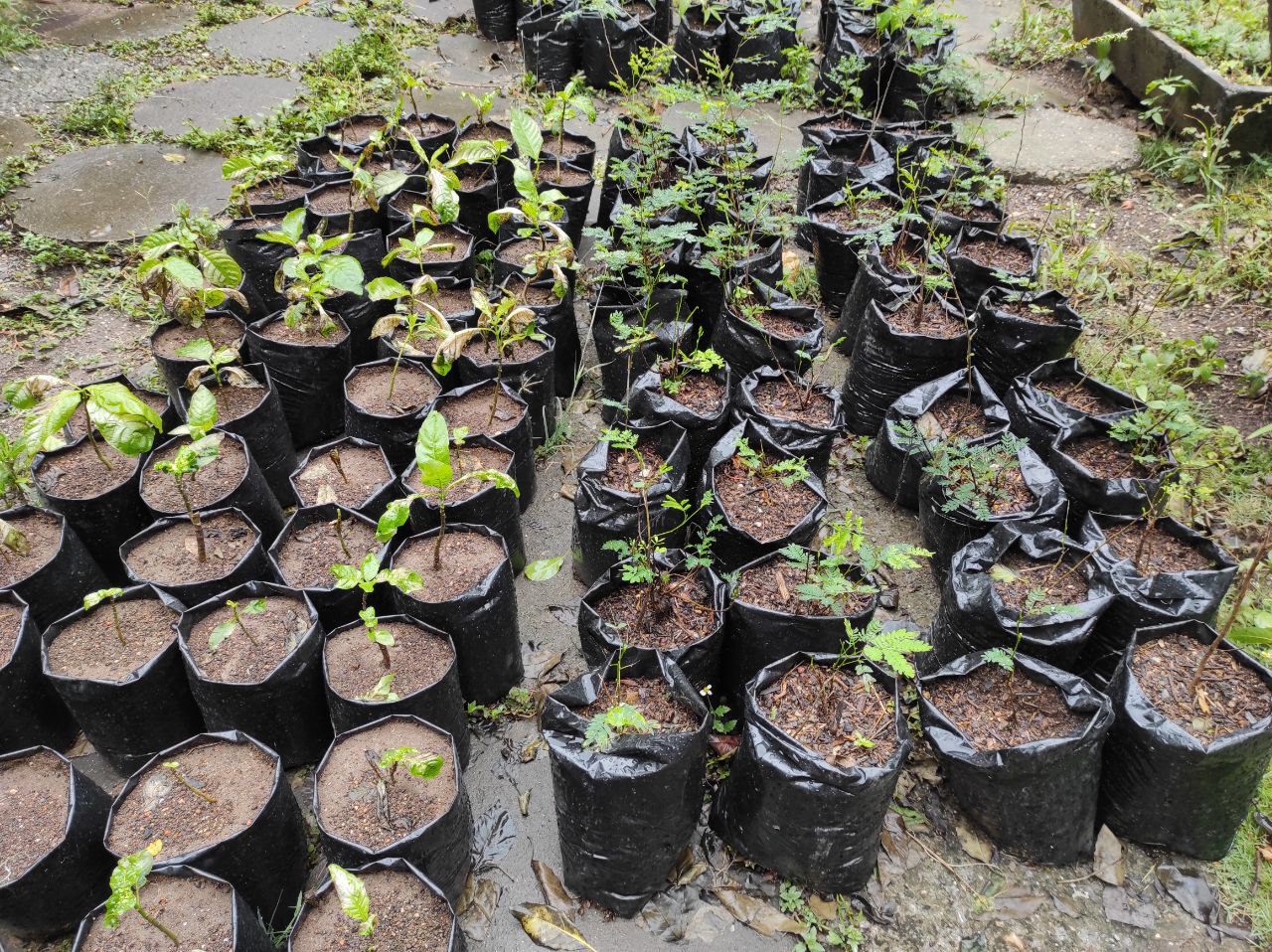
4ta etapa / 4th stage
El área de umbral de vivero, es la 4ta etapa que nos explicaron, aquí es donde se germinan las semillas por medio de fotosíntesis en bandejas o tubetes, usualmente aquí se utiliza un poco de la tierra de compost de la primera etapa.
Además aquí se trasplantan algunas semillas o plantas jóvenes a bolsas de vivero para que tengan un mayor crecimiento y mejor enraizamiento.
The nursery threshold area is the 4th stage that was explained to us, this is where the seeds are germinated by photosynthesis in trays or tubes, usually using some of the compost soil from the first stage.
In addition, some seeds or young plants are transplanted here into nursery bags for better growth and rooting.
En esta misma área también esta expuestas las plantas inferiores (helechos), el clima es ideal para la adaptación de cualquiera planta ya que están bajo la sombra de grandes arboles, hay una humedad alta y se asemeja al clima tropical.
In this same area the lower plants (ferns) are also exposed, the climate is ideal for the adaptation of any plant since they are under the shade of large trees, there is high humidity and it resembles a tropical climate.
En esta área trabaje con algunas compañeras rellenando las bolsas de trasplante y colocando estacas para su reproducción en el túnel. El 80% de las plantas de este vivero son ornamentales, sin embargo hay algunas que se utilizan para el mismo auto sustento del vivero, plantas de sandia, tomate entre otras.
In this area I worked with some colleagues filling the transplanting bags and placing cuttings for their reproduction in the tunnel. 80% of the plants in this nursery are ornamental, however there are some that are used for self-support of the nursery, such as watermelon and tomato plants, among others.

.jpg)





















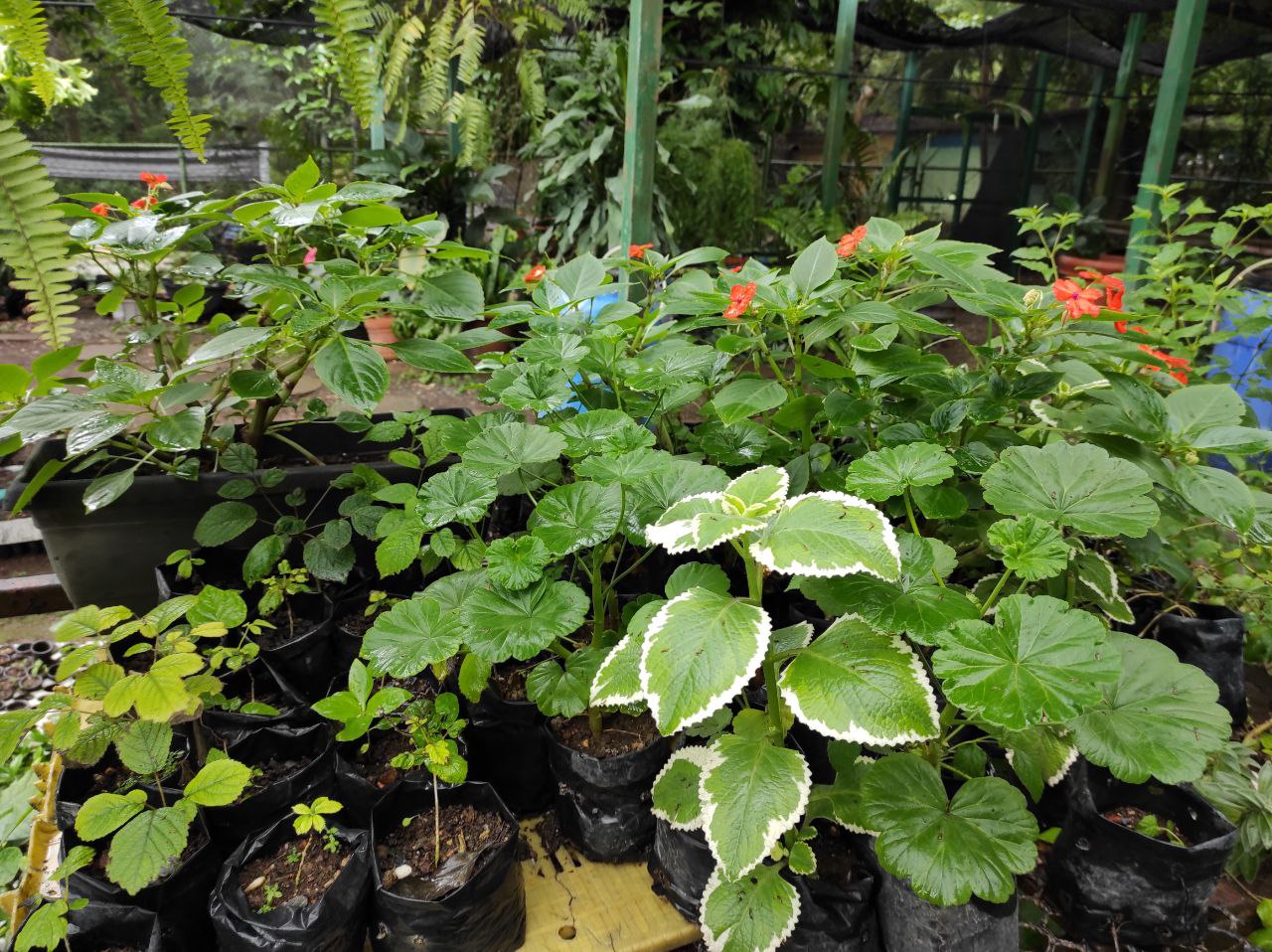
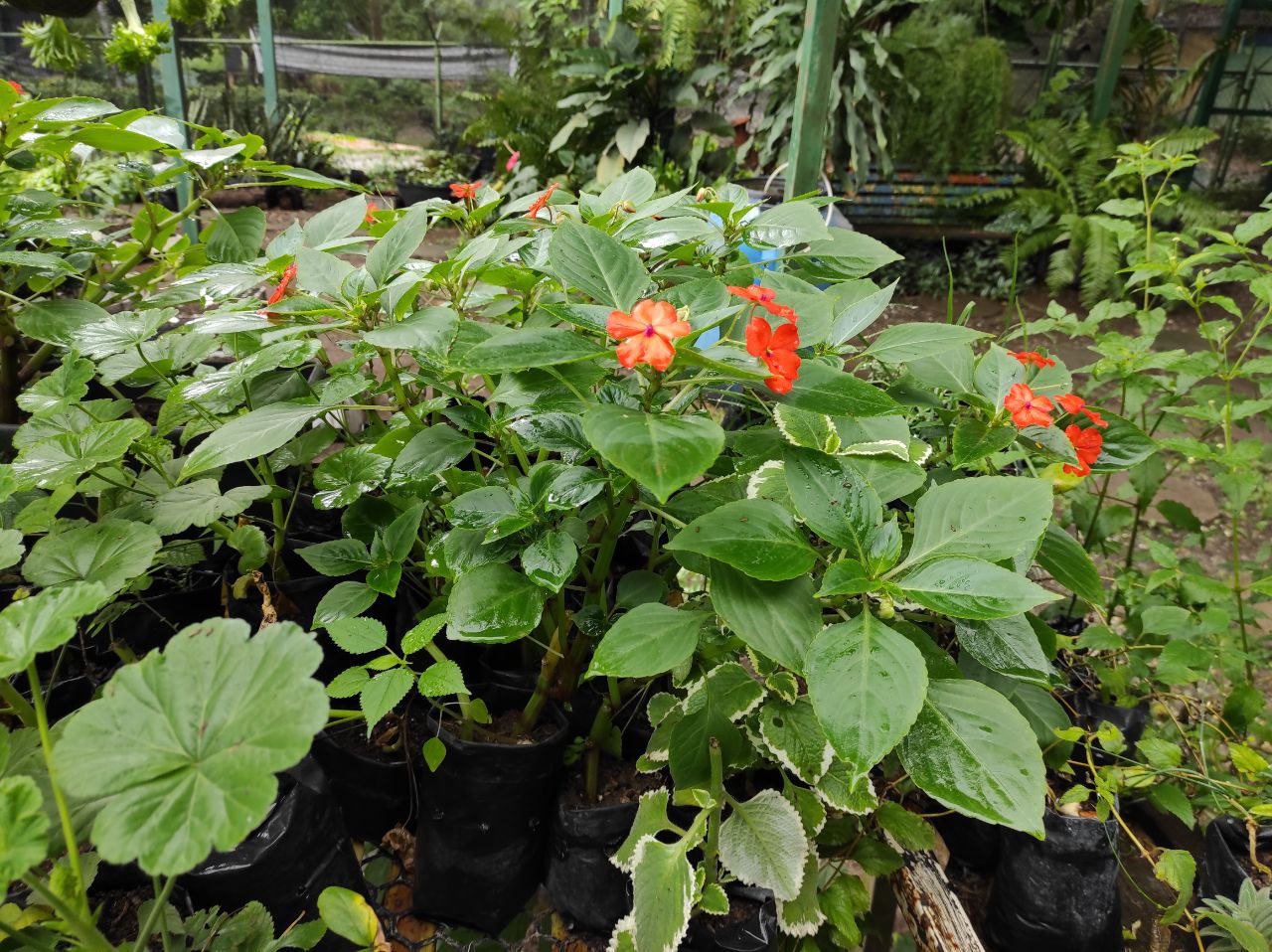
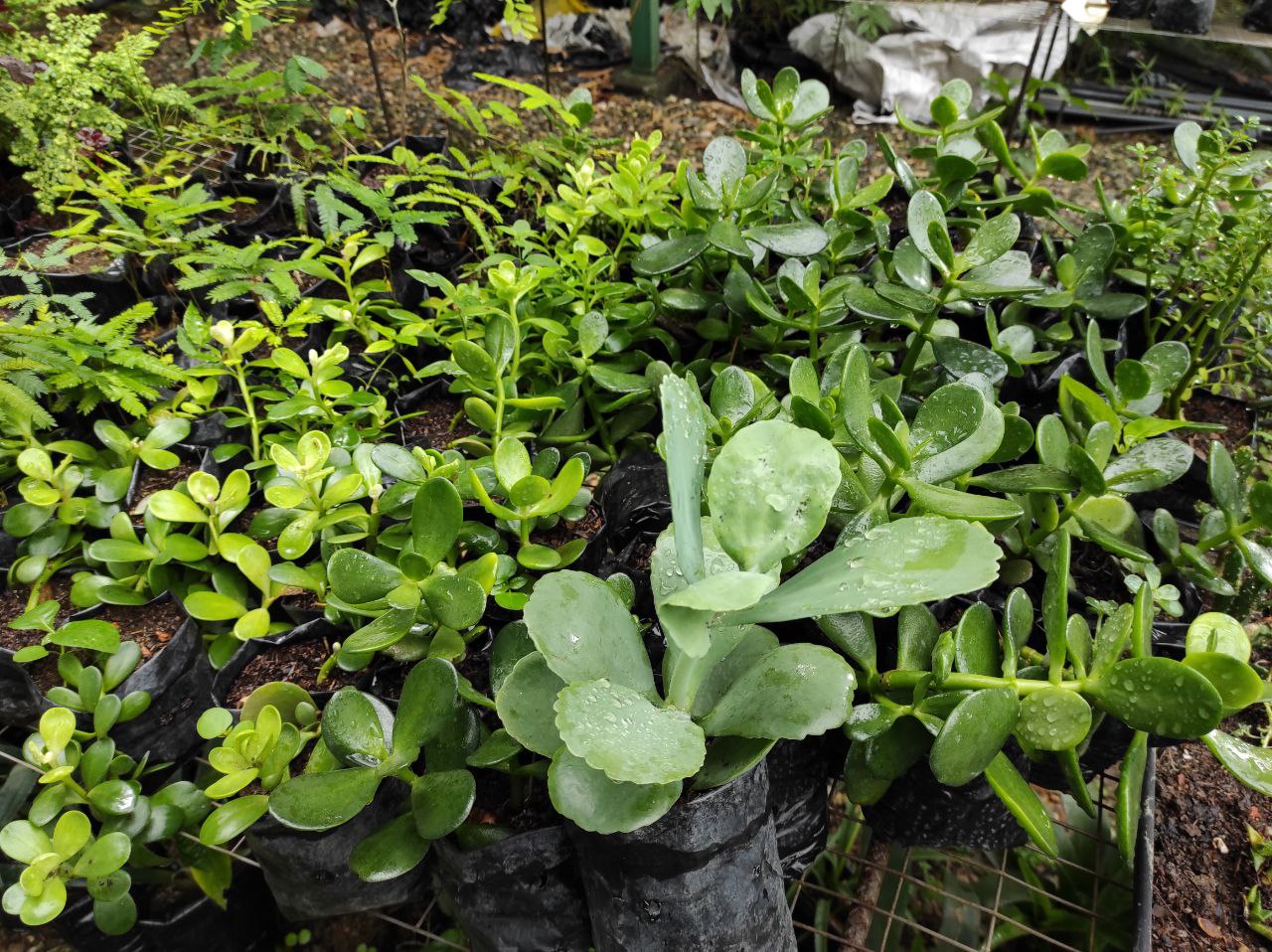

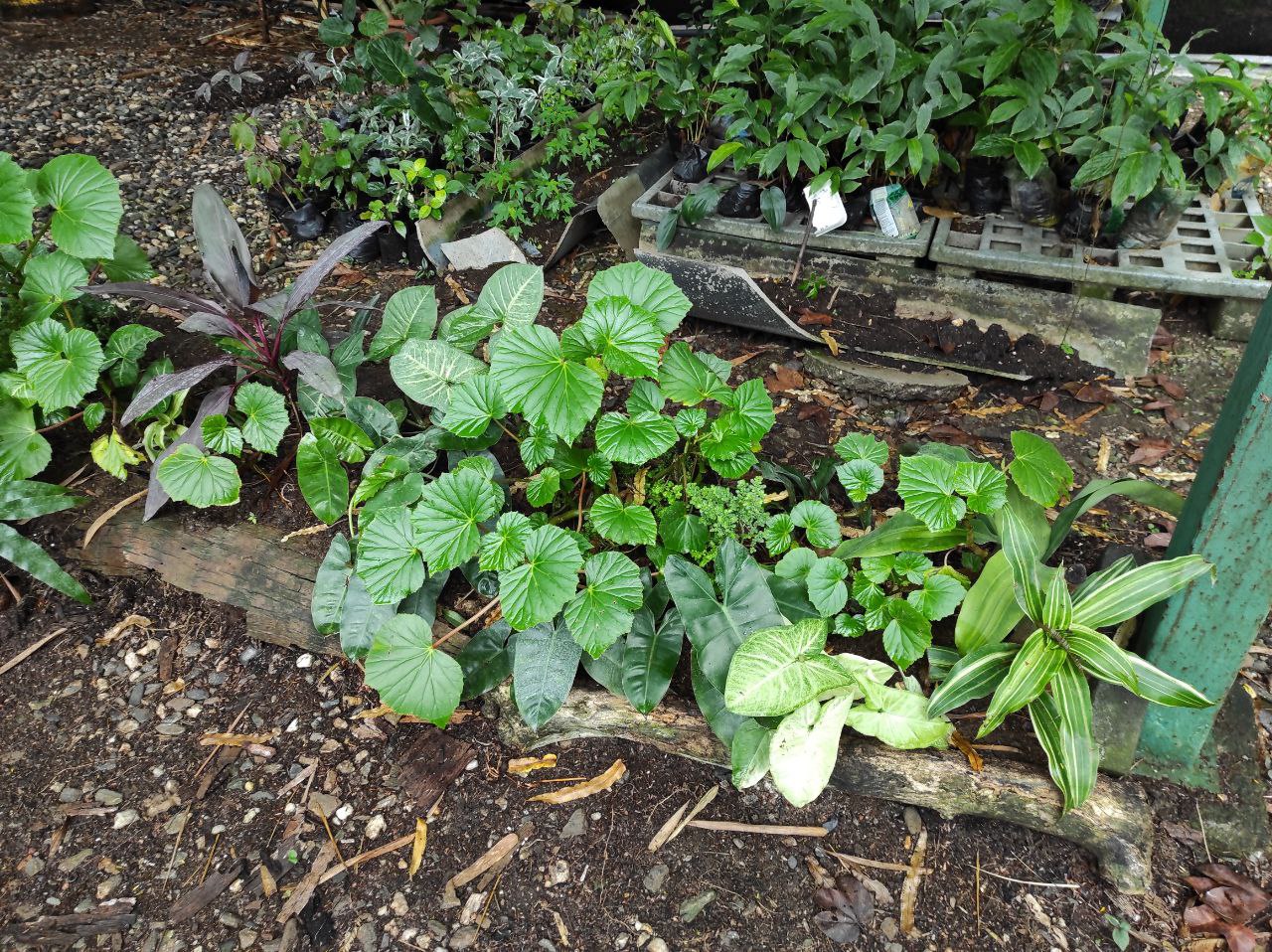





5ta etapa / 5th stage
Y la ultima etapa es el lombricero, aquí hay un criadero de lombrices donde se produces humus liquido y solido, esto sirve de abono orgánico para las plantas y también se puede vender, el tipo de lombrices que se pueden encontrar aquí son lombrices californianas. Es importante saber que las lombrices no pueden comer cítricos por lo cual las cascaras de frutas cítricas no se pueden usar como alimento para ellas.
And the last stage is the worm farm, here there is a worm farm where liquid and solid humus is produced, this serves as organic fertilizer for plants and can also be sold, the type of worms that can be found here are Californian worms. It is important to know that earthworms cannot eat citrus fruits so citrus fruit peels cannot be used as food for them.










Así que se podría decir que este es el funcionamiento de un vivero autosustentable, no al 100% pero si en su gran mayoría.
Todo es importante aquí y el cuidado de plantas debe ser también bueno, como ingenieros agrónomos aprendemos sobre estas cosas para tener mucho mas cuidado con el medio ambiente y a cuidar el doble las plantas, por que vemos la gran importancia que tienen en la vida, la producción de oxigeno y de minerales a través de las mismas.
Asi que nos vemos en la próxima.
So you could say that this is the operation of a self-sustainable nursery, not 100% but mostly.
Everything is important here and the care of plants must also be good, as agronomists we learn about these things to be much more careful with the environment and to take care of the plants twice as much, because we see the great importance they have in life, the production of oxygen and minerals through them.
So see you in the next one.




Su post ha sido valorado por @ramonycajal
Wow, muchísimas gracias de verdad,estoy muy agradecido por el apoyo